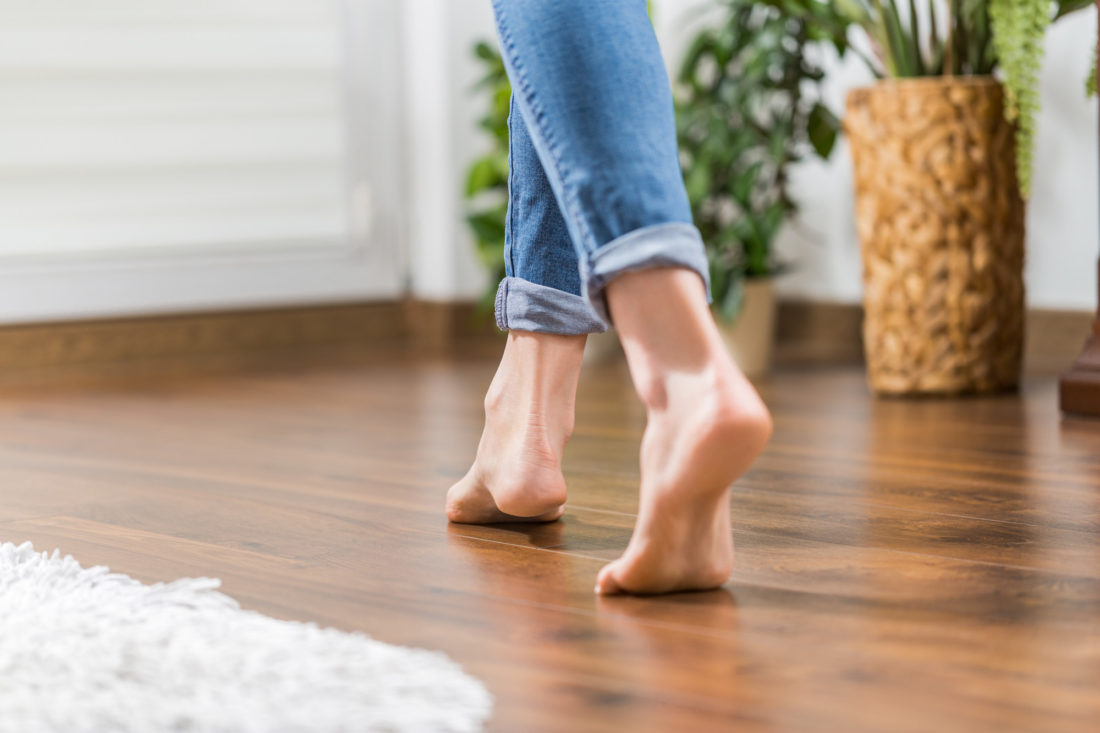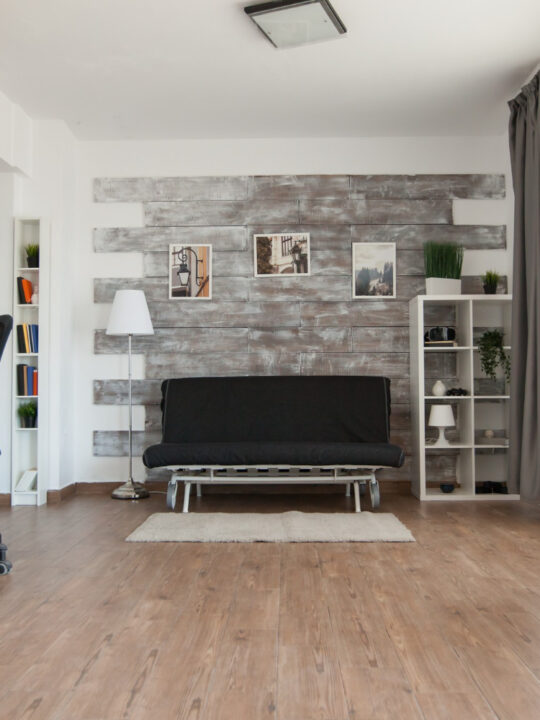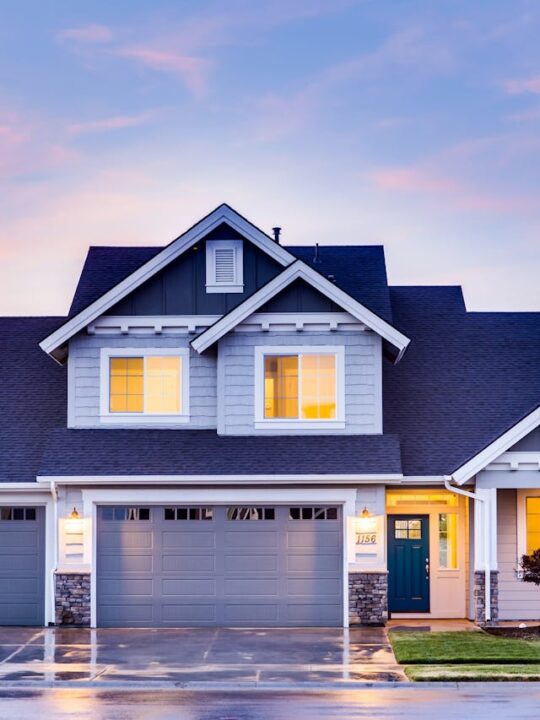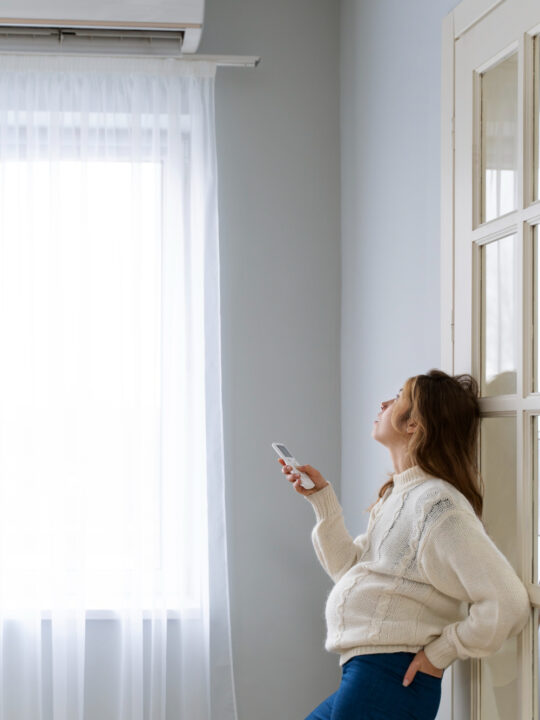 Are you trying to decide on the right flooring for your home?
Are you trying to decide on the right flooring for your home?
Let’s face it, choosing the right flooring for your home can present a fair set of challenges. These days, there are so many different options that the selection process can be a tad overwhelming.
Do you opt for the neutral hardwood? On the plus, this goes with nearly everything and you’ve heard it’s beneficial for resale. In fact, 99 percent of real estate agents state the homes with hardwood are easier to sell.
Or, do you strive for something a little more creative and go with the polished concrete? This can help to turn your pad into an industrial, magazine-worthy space. But, it might not be for everyone…
If you’re having a tough time deciding which flooring is right for your home, this one’s for you. We’re showcasing six simple tips on how to choose flooring based upon a number of important considerations.
Table of Contents
1. Consider the Location
First and foremost, what’s the location in which your new flooring is going to be laid?
This is one of the most important factors in determining what type of flooring will best suit your needs. Anything from the square footage and the traffic to the formality and the purpose of the room will dictate the best type of flooring.
For example, the kitchen is a formal room within the home that generates plenty of foot traffic. That being said, you need a type of flooring that will appear attractive to the eye while also accommodating high degrees of traffic.
This is why so many people choose to install hardwood flooring in their kitchen. Not only does it look great, but it also functions well with foot traffic. This makes for a relatively low-maintenance lifestyle but with an eye-catching appeal.
2. Determine the Moisture Levels of the Area
Are you installing this new flooring in an area of the home that’s prone to moisture? These are places such as:
- Bathrooms
- Basements
- Mudrooms
- Laundry Rooms
- Bars
With these areas, it’s crucial to install flooring that is suited to a high-moisture environment. This means that when the flooring gets wet, it won’t harm the flooring or cause any long-term damage. This could be anything from concrete and ceramic to different styles of tile.
3. Contemplate Your Future Plans
Next, it’s time to determine just how long you plan to live in your home.
Do you consider this home to be a starter home? If so, it’s important to consider what type of flooring is suitable for now and what type of flooring will benefit the future resale value.
For example, you’ll want to avoid installing carpet due to the fact that future buyers are generally deterred by carpeting. It’s also important to consider that carpeting is challenging to maintain and easily showcases its flaws. In fact, 36 percent of buyers ranked old and dirty carpets and their third biggest turn off in a prospective home.
If you consider this to be a long-term home, it might be more worthwhile to invest in a higher-quality type of flooring. This could be anything from polished stone to exotic hardwood.
4. Outline Your Aesthetic
What’s the overall aesthetic of your home?
If you’re opting for an aesthetic that is modern and industrial, a farmhouse-inspired hardwood might not fit the bill. Instead, you might want to opt for something a little more creative such as polished concrete or even cork flooring.
Do you want to strive toward an aesthetic that’s more unique and daring? With this, you may want to stray from the usual hardwood and opt for something a little more unique. With this, why not consider incorporating stone flooring with a herringbone pattern?
At the end of the day, your aesthetic is going to determine what best suits your home.
5. Consider Pets and Children
Do you have any four-legged fur babies?
It’s one thing to choose flooring for yourself, but it’s another thing to consider the addition of pets. If you’re nodding your head, it’s imperative that you choose a floor with some degree of resistance.
For those with pets, it may be preferable to avoid genuine hardwood flooring. This type of flooring is easily scratched by pets which can cause long-term damage. You’ll also want to avoid carpeting which can tend to house both the smell of pets as well as their fur.
Instead, you may want to opt for a flooring type such as laminate or porcelain tile. both options are relatively resistant to pets while also being easy to clean and maintain.
6. Reflect on Your Budget
At the end of the day, your budget is going to determine what you can afford.
If you’re working with a neverending budget, you’re going to have the ability to get a little more creative. This is also the case if you’re only looking to cover smaller square footage such as in a bathroom or a mudroom.
Let’s consider the example of a large, expansive basement. In this scenario, a flooring option such as genuine hardwood might not be in the budget. Instead, it might be more financially sound to go with a more affordable flooring option.
Fortunately, there are plenty of options today that resemble genuinely hardwood flooring. Options such as vinyl loose lay options offer an aesthetic that is both luxurious and cost-effective.
The Art of How to Choose Flooring
Are you choosing flooring for the pre-construction home that you bought? Or, maybe you diving headfirst into a renovation. Either way, choosing flooring is always going to be an important step.
Of course, it’s crucial to consider elements such as square footage and function. But you’ll also want to learn how to choose flooring that compliments your home altogether.
In the world of flooring, it’s safe to say that there are a number of factors to be considered. So, before you place your order, be sure to familiarize yourself with the above considerations. It just might be the difference between choosing the right and the wrong flooring to suit your home.
Did you enjoy reading this article? If so, be sure to bookmark our page and visit us again!







